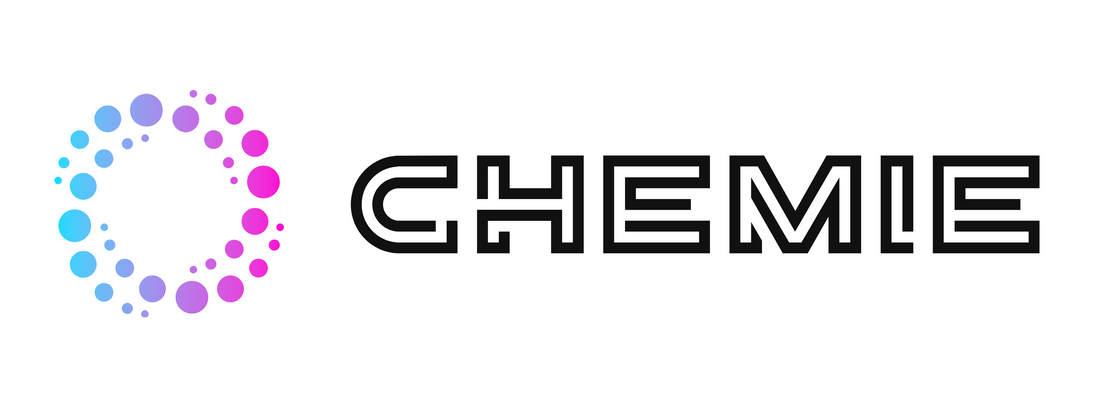7 Easy Facts About Chemie Described
Wiki Article
What Does Chemie Mean?
Table of ContentsThe Only Guide for ChemieThe 30-Second Trick For ChemieAn Unbiased View of ChemieFascination About ChemieThe Only Guide to ChemieHow Chemie can Save You Time, Stress, and Money.
By Bojanna Shantheyanda, Sreya Dutta, Kevin Coscia and David SchiemerDynalene, Inc. Liquid air conditioning, which can be attained making use of indirect or direct means, is utilized in electronics applications having thermal power thickness that may exceed safe dissipation through air cooling. Indirect fluid air conditioning is where warm dissipating electronic parts are physically separated from the fluid coolant, whereas in case of direct air conditioning, the elements are in straight contact with the coolant.However, in indirect cooling applications the electric conductivity can be essential if there are leaks and/or splilling of the fluids onto the electronic devices. In the indirect cooling applications where water based liquids with deterioration inhibitors are generally made use of, the electrical conductivity of the fluid coolant generally depends on the ion concentration in the fluid stream.
The increase in the ion focus in a shut loop liquid stream may take place because of ion leaching from metals and nonmetal components that the coolant liquid is in contact with. Throughout operation, the electrical conductivity of the liquid might enhance to a degree which might be dangerous for the cooling system.
Indicators on Chemie You Need To Know
(https://www.openstreetmap.org/user/chemie999)They are grain like polymers that can trading ions with ions in an option that it touches with. In the present job, ion leaching examinations were performed with various steels and polymers in both ultrapure deionized (DI) water, i.e. water which is dealt with to the highest degree of pureness, and reduced electric conductive ethylene glycol/water mix, with the determined change in conductivity reported with time.
The samples were permitted to equilibrate at area temperature level for 2 days before recording the first electrical conductivity. In all tests reported in this study liquid electrical conductivity was determined to a precision of 1% making use of an Oakton CON 510/CON 6 series meter which was calibrated prior to each measurement.
Indicators on Chemie You Should Know
from the wall heating coils to the center of the heating system. The PTFE example containers were placed in the furnace when consistent state temperature levels were reached. The examination arrangement was gotten rid of from the heater every 168 hours (seven days), cooled down to space temperature level with the electrical conductivity of the liquid gauged.The electric conductivity of the liquid example was monitored for an overall of 5000 hours (208 days). Figure 2. Schematic of the indirect closed loophole cooling experiment set-up - therminol & dowtherm alternative. Table 1. Parts used in the indirect closed loop cooling down experiment that touch with the fluid coolant. A schematic of the speculative setup is shown in Number 2.

The Ultimate Guide To Chemie
The change in fluid electrical conductivity was kept an eye on for 136 hours. The fluid from the system was accumulated and saved.
0.1 g of Dowex material was contributed to 100g of fluid samples that was absorbed a different container. The mixture was stirred and change in the electrical conductivity at space temperature level was determined every hour. The gauged modification in the electrical conductivity of the UP-H2O and EG-LC examination liquids containing polymer or metal when involved for 5,000 hours at 80C is shown Figure 3.
The Chemie Statements
Ion seeping experiment: Measured modification in electrical conductivity of water and EG-LC coolants consisting of either polymer or metal samples when immersed for 5,000 hours at 80C. The outcomes show that metals contributed fewer ions right into the liquids than plastics in both UP-H2O and EG-LC based coolants.Liquids including polypropylene and HDPE exhibited the lowest electric conductivity modifications. This could be as a result of the short, rigid, straight chains which are less most likely to contribute ions than longer branched chains with weak intermolecular forces. Silicone additionally did well in both test liquids, as polysiloxanes are normally chemically inert because of the high bond energy of the silicon-oxygen bond which would certainly avoid destruction of the material right into the fluid.
The Ultimate Guide To Chemie
It would be expected that PVC would certainly generate similar outcomes to those of PTFE and HDPE based upon the comparable chemical structures of the materials, nevertheless there might be other impurities present in the PVC, such as plasticizers, that might influence the electrical conductivity of the fluid - silicone fluid. In addition, chloride teams in PVC can additionally leach into the test fluid and can trigger a boost in electric conductivityBuna-N rubber and polyurethane revealed indicators of destruction and thermal decomposition which suggests that their possible utility as a gasket or adhesive material at higher temperatures could lead to application issues. Polyurethane totally broke down into the examination fluid by the end of 5000 hour test. Figure 4. Before and after browse around this web-site pictures of metal and polymer samples immersed for 5,000 hours at 80C in the ion leaching experiment.
Calculated adjustment in the electric conductivity of UP-H2O coolant as a function of time with and without resin cartridge in the closed indirect air conditioning loophole experiment. The determined change in electrical conductivity of the UP-H2O for 136 hours with and without ion exchange material in the loophole is displayed in Figure 5.
Report this wiki page